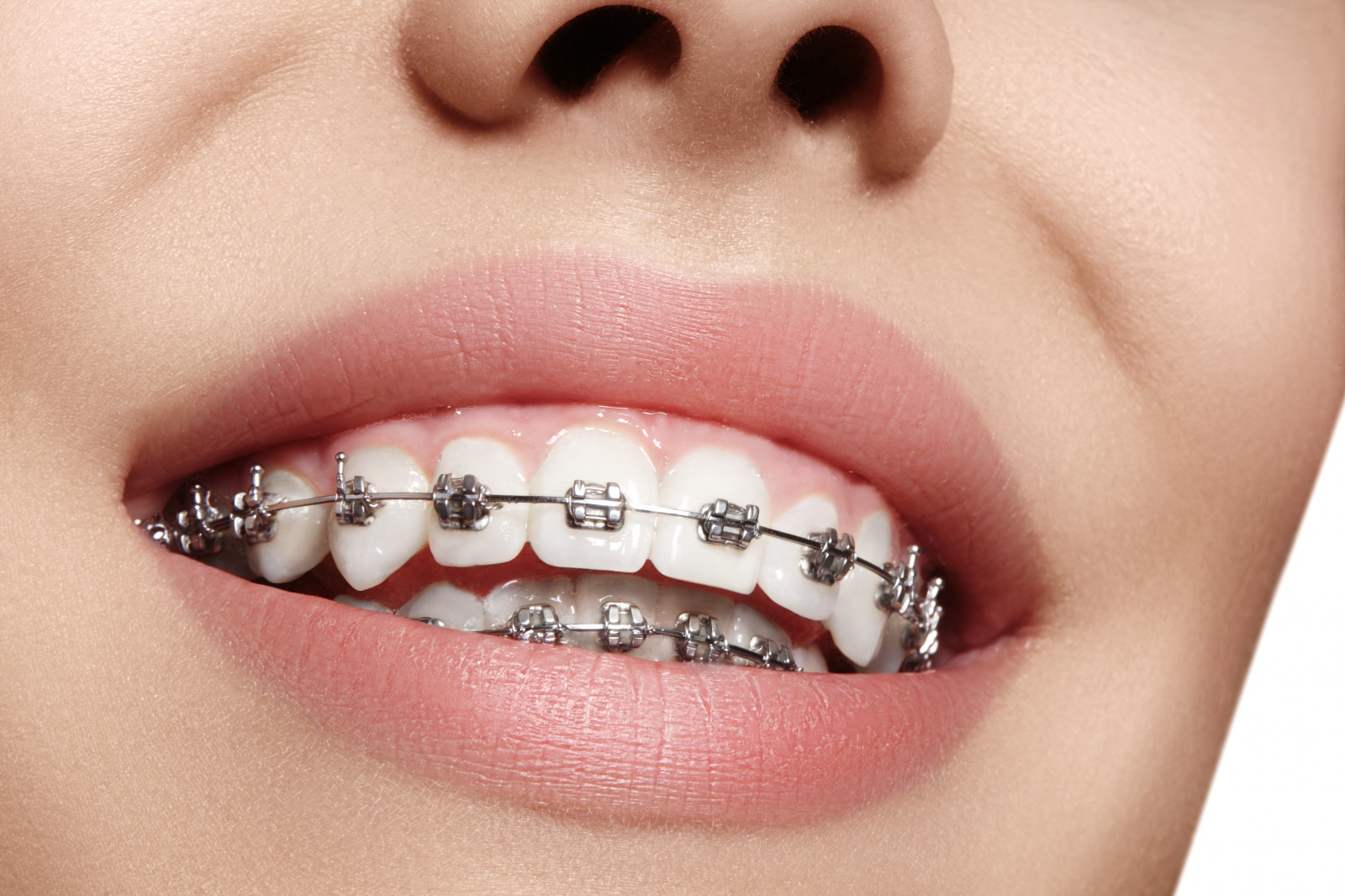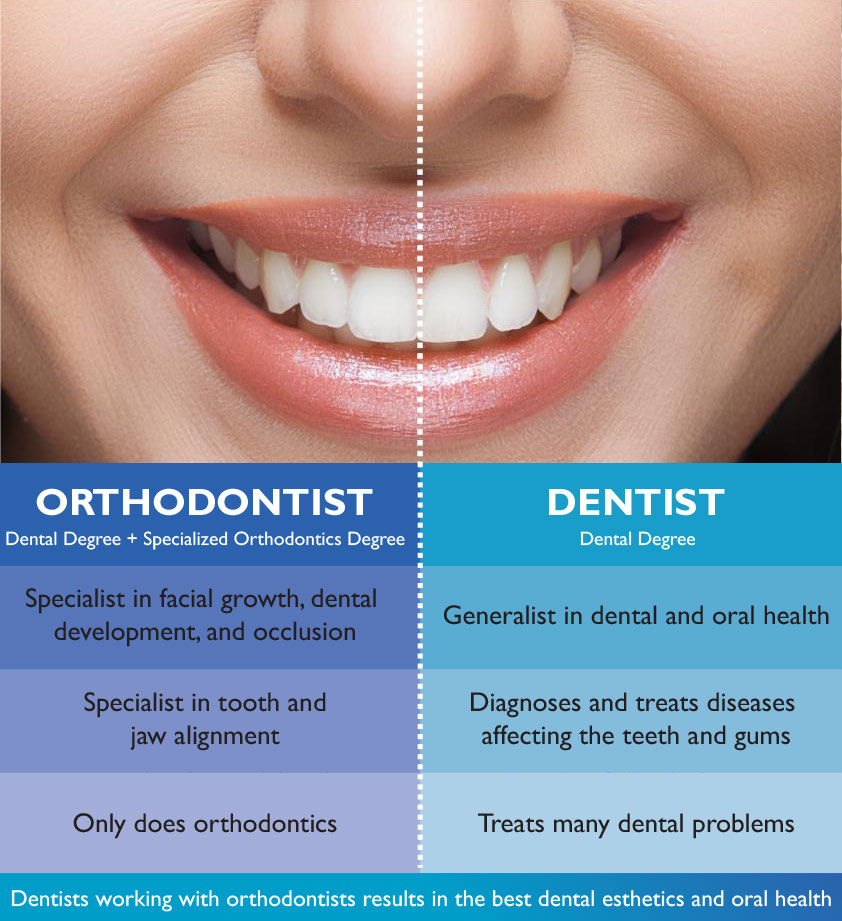Some Of Causey Orthodontics
Wiki Article
Everything about Causey Orthodontics
Table of ContentsCausey Orthodontics for BeginnersWhat Does Causey Orthodontics Mean?7 Simple Techniques For Causey OrthodonticsSome Known Details About Causey Orthodontics 8 Simple Techniques For Causey Orthodontics
Neglecting occlusal connections, it was typical to get rid of teeth for a selection of dental concerns, such as malalignment or overcrowding. The principle of an undamaged dentition was not extensively appreciated in those days, making bite correlations appear unimportant. In the late 1800s, the concept of occlusion was crucial for producing reputable prosthetic replacement teeth.As these principles of prosthetic occlusion advanced, it became an important device for dentistry. It remained in 1890 that the job and effect of Dr. Edwards H. Angle started to be really felt, with his contribution to modern-day orthodontics especially significant. Focused on prosthodontics, he educated in Pennsylvania and Minnesota prior to directing his interest in the direction of dental occlusion and the treatments needed to preserve it as a regular condition, hence coming to be understood as the "daddy of modern orthodontics".

The idea of suitable occlusion, as postulated by Angle and incorporated right into a category system, allowed a shift in the direction of treating malocclusion, which is any type of variance from typical occlusion. Having a full collection of teeth on both arches was highly sought after in orthodontic therapy because of the need for specific partnerships in between them.
The Buzz on Causey Orthodontics
As occlusion became the essential top priority, facial percentages and aesthetics were disregarded - orthodontist near me. To achieve excellent occlusals without utilizing exterior forces, Angle postulated that having perfect occlusion was the most effective way to acquire maximum facial appearances. With the passing of time, it ended up being fairly apparent that also an exceptional occlusion was not appropriate when taken into consideration from a visual viewpointCharles Tweed in America and Raymond Begg in Australia (that both studied under Angle) re-introduced dentistry extraction right into orthodontics throughout the 1940s and 1950s so they might enhance face esthetics while also guaranteeing much better stability concerning occlusal relationships. In the postwar duration, cephalometric radiography started to be used by orthodontists for measuring changes in tooth and jaw position brought on by growth and therapy. It became evident that orthodontic treatment could change mandibular advancement, causing the formation of functional jaw orthopedics in Europe and extraoral force actions in the United States. Nowadays, both useful devices and extraoral tools are used around the globe with the aim of amending growth patterns and kinds. Subsequently, seeking real, or a minimum of enhanced, jaw connections had come to be the major purpose of treatment by the mid-20th century.
About Causey Orthodontics
 The American Journal of Orthodontics was produced for this purpose in 1915; before it, there were no scientific purposes to follow, neither any type of exact classification system and brackets that lacked functions. Till the mid-1970s, dental braces were made by covering steel around each tooth. With improvements in adhesives, it ended up being feasible to rather bond steel braces to the teeth.
The American Journal of Orthodontics was produced for this purpose in 1915; before it, there were no scientific purposes to follow, neither any type of exact classification system and brackets that lacked functions. Till the mid-1970s, dental braces were made by covering steel around each tooth. With improvements in adhesives, it ended up being feasible to rather bond steel braces to the teeth.Andrews gave an insightful interpretation of the optimal occlusion in irreversible teeth. This has actually had purposeful results on orthodontic therapies that are administered consistently, and these are: 1. Right interarchal relationships 2. Correct crown angulation (pointer) 3. Appropriate crown inclination (torque) 4. No turnings 5. Tight contact points 6. Apartment Curve of Spee (0.02.5 mm), and based on these concepts, he uncovered a treatment system called the straight-wire home appliance system, or the pre-adjusted edgewise system.
The benefit of the style exists in its bracket and archwire combination, which calls for just marginal cord flexing from the orthodontist or clinician (best orthodontist). It's aptly named hereafter attribute: the angle of the slot and thickness of the bracket base inevitably figure out where each tooth is located with little demand for extra control
7 Easy Facts About Causey Orthodontics Described
Both of these systems utilized identical braces for each tooth and necessitated the bending of an archwire in 3 planes for finding teeth in their desired placements, with these bends dictating ultimate positionings. When it pertains to orthodontic devices, they are divided right into 2 types: detachable and fixed. Removable appliances can be taken on and off by the person as needed.
Therefore, mostly all contemporary fixed home appliances can be taken into consideration variants on this edgewise device system. Early 20th-century orthodontist Edward Angle made a major payment to the world of dental care. He produced 4 distinct device systems that have been utilized as the basis for numerous orthodontic treatments today, disallowing a few exceptions.
Examine This Report about Causey Orthodontics

The cord finished in a thread, and to relocate it ahead, an adjustable nut was utilized, which enabled a rise in area. By ligation, each private tooth was affixed to this expansive archwire (Causey Orthodontics). Due to its restricted series of activity, Angle was not able to achieve accurate tooth positioning with an E-arch
These tubes held a firm pin, which might be repositioned at each consultation in order to move them in place. Called the "bone-growing device", this contraption was theorized to urge healthier bone growth because of its capacity for transferring force directly to the origins. Applying it proved bothersome in reality.
Report this wiki page